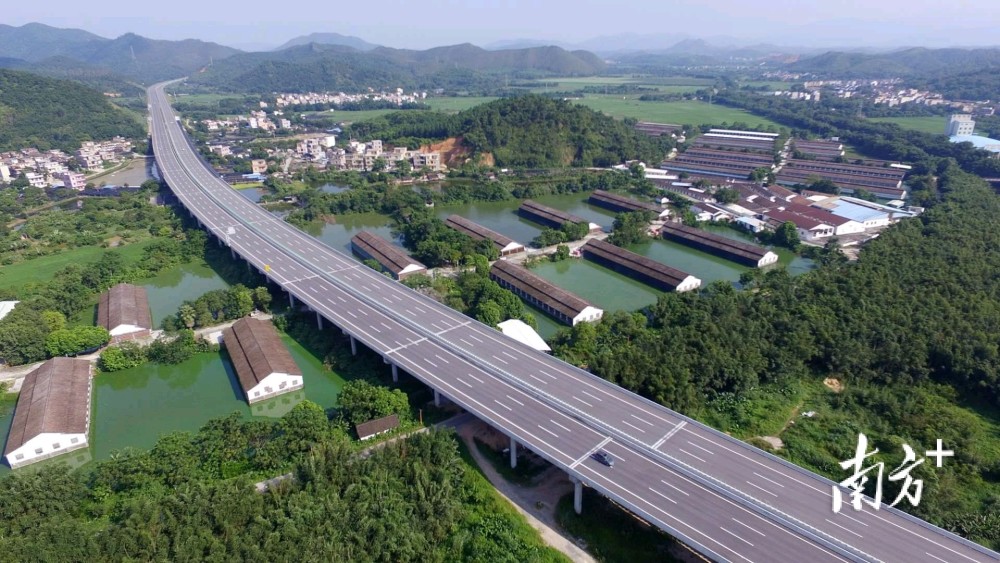Located in the southernmost part of the Chinese mainland, Guangdong province adjoins Fujian province to the east, the South China Sea to the south, Guangxi Zhuang autonomous region to the west, and Jiangxi and Hunan provinces to the north.
China's second-largest river - the Pearl River - flows through Guangdong. To the east of the Pearl River Estuary, it is the Hong Kong Special Administrative Region and to the west, Macao Special Administrative Region. The southwestern Leizhou Peninsula in Guangdong is separated from Hainan province by the Qiongzhou Strait.
Covering an area of 179,700 square kilometers, of which 1,448 square kilometers are islands, the province has 21 prefecture-level cities.

Guangdong is the province with the most complete representation of ethnic groups in China. The population of ethnic groups accounts for 3 percent of the total in the province, and mainly consists of the Zhuang, Yao, She, Hui and Man ethnic groups. At the end of 2024, the population in Guangdong province was 127.8 million.
It is home to four our megacities: Guangzhou, Shenzhen, Dongguan and Foshan.
Guangdong is the first province in China to conduct maritime trade and international migration. It is the ancestral home of more than 30 million overseas Chinese from 160 countries and regions. With the combination of overseas Chinese culture and local culture, the culture in Guangdong is unique and an important part of the Lingnan culture. The folk arts and customs also lay a rich foundation for Guangdong's culture.
Guangdong is one of the frontiers of China's reform and opening-up policy. It is one of the most attractive places for investors with a great deal of market vigor. It is also one of the fastest growing provinces in economy in China, with the most advanced business and trade. In 2024, this pioneer of reform and opening-up recorded an impressive GDP of RMB 14 trillion, securing its position as the nation's leading economic powerhouse for 36 consecutive years.
Guangdong boasts five items listed in the UNESCO Representative List of Intangible Cultural Heritage of Humanity, and 165 items recognized as national-level intangible cultural heritage.
Items listed in the UNESCO Representative List of Intangible Cultural Heritage of Humanity include Cantonese opera, guqin (Lingnan School), paper-cutting (Guangdong style), shadow puppetry (Lufeng), and tea art (Chaozhou Kung Fu Tea Ceremony).

Guangdong boasts well-built, efficient sea, land, and air transportation facilities. The Guangdong-Hong Kong-Macao Greater Bay Area cities are accessible within one hour, eastern/western/northern Guangdong within two hours, and major cities in China/Southeast Asia within three hours. There are also 455 international cargo routes connecting with major countries and global ports.
Guangdong is the first province in China to build over 3,000 kilometers of high-speed railway, entering the era of the "high-speed rail ring".
The province is rich in marine, mineral, and energy resources. Guangdong has a forest coverage rate of 53.03 %, with key ecological indicators like forest stock and the number of nature reserves ranking among the nation's highest. It has a coastline stretching 4,114 kilometers and a total wetland area of 1.9068 million hectares, encompassing all wetland types. It has 11,400 hectares of mangroves, the largest in China and ranks among the top provinces for mangrove biodiversity, with 27 species across 24 genera of 18 families.
Source | Foreign Affairs Office of the People's Government of Guangdong Province, 2025 Invest Guangdong






